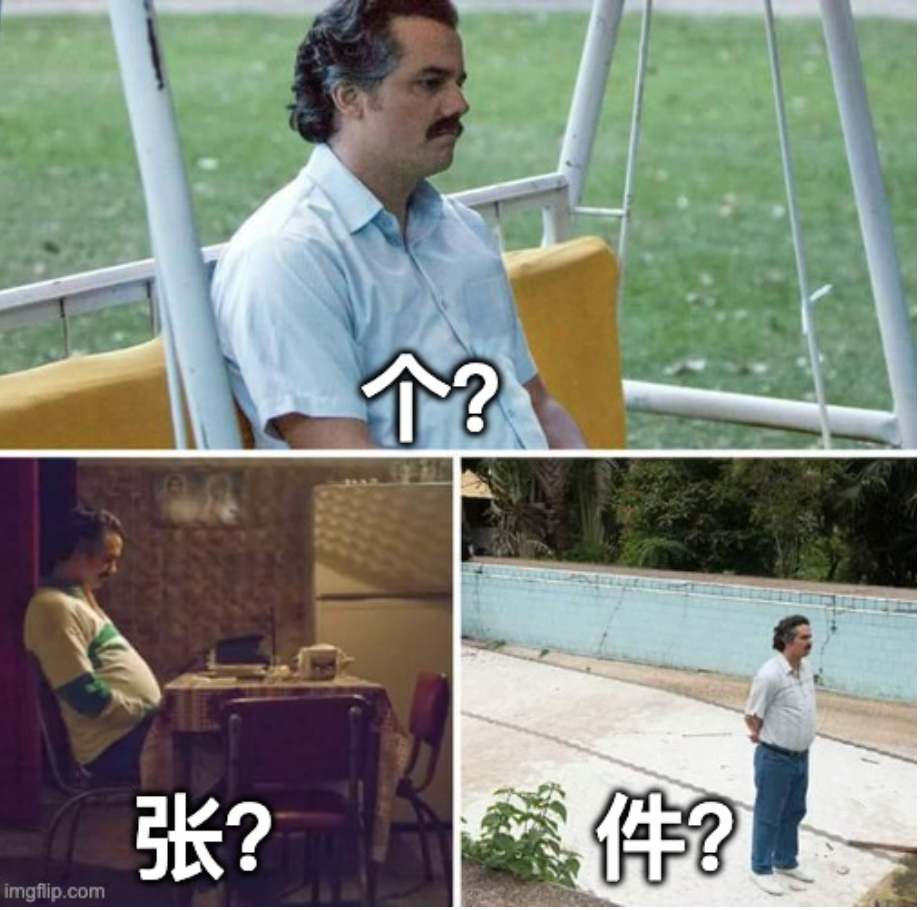The measure words you ACTUALLY need in Chinese
The Chinese measure words you really need to know
Note: If you are new to characters or generally want some support while working through the example sentences in the next sections, we HIGHLY recommend downloading this plugin*! It will help a ton with character reading, both in this article, and on the greater web in general. If you’ve already installed it, carry on! :)*
As anyone who has studied Mandarin knows, measure words, or 量词 liàngcí (literally “quantity words”), are an essential part of the language. These words are used to indicate the quantity or unit of a noun, like how in English we say "two cups of tea."
While there are hundreds of measure words in Chinese, some are used more frequently than others. In this article we will look at a few of the most commonly used measure words and how to use them
TLDR:
There is no universal measure word, they all depend on context
A gist of the easy ones that track well to English words:
瓶 : bottle (of beer, etc)
杯 : glass, cup (of water, etc)
盒 : box, package (of cookies, etc)
碗 : bowl (of soup, etc)
A gist of the most common measure words that do not track well to English
个 : measures things, people, concepts
只 : measures most animals
张 : measures paper-like objects
件 : measures things (事情) and pieces of clothing
些 : means “some” or “a few”
You can very often fall back on 个 and get by just fine!
个 (gè)
This is the most common measure word in Mandarin. It’s used to measure people, objects, and abstract concepts. I would say this is the default measure word, when in doubt 个 is usually the measure word that will make the most sense. Here are some examples using 个:
一个人: one person
两个想法: two ways of thinking
三个妈妈: two moms
只 (zhī)
只 is the measure word for most animals. For example:
一只猫: one cat 🐱
两只狗: two dogs 🐶
三只青蛙: three frogs 🐸
张 (zhāng)
This measure word typically used for flat, thin, square-shaped objects like paper and photographs.
Note: 张 is also the measure word for some miscellaneous square-shaped furniture-like things, such as tables, desks, and beds.
Examples:
一张纸: one piece of paper
两张照片: two photographs
三张桌子: three tables
四张床: four beds
Note: to remember the use of 张, I always think of 一张纸. It sounds nice and catchy phonetically, and once I remember the 纸 part, I am reminded that most other paper-like things use the measure 张 as well.
件 (jiàn)
This is a measure word that covers a lot of bases, but for the sake of ease, just remember it as being used for most clothes, and the words 事/事情. For example:
一件事: one thing
两件衬衫: two shirts
三件外套: three jackets
Note: There are a lot of random one offs for this one, but you’ll do best not stressing yourself about them now, and just learning them as you approach them in the wild. 😝
些 (xiē)
It is often used in combination with other measure words. I think of 一些 as translating to “some”. For example:
一些米: some rice
一些糖: some sugar
些 can also be paired with 这 or 那 to indicate “these or those”. For example:
这些: these
这些衣服都洗好了吗? Are these clothes all washed?
那些: those _
那些孩子是谁? Who are those kids?
Note: when using 些, the quantity is always 一; you’ll never hear “两些“.
Measure words are an essential aspect of Mandarin that differs from english. When in English we would usually just say “a frog”, or “a table”, Mandarin requires that we pay attention to what we’re discussing and use a specific measure word accordingly. The “a” before “frog” becomes 一只, while the “a” before “table” becomes 一张. This can seem really confusing at first, but the more you practice, the more second nature it becomes. In my opinion, using measure words isn’t too complicated, but remembering them all can be tricky.
To Conclude:
This article has outlined just a handful of the most common Mandarin measure words. . . but there are over 200! Even the most experienced language learners are still learning them every day. While measure words are an important aspect to learning Mandarin, at the end of the day, chances are you’ll be able to get your point across even if you use the wrong measure word so don’t sweat it as you learn. Practice makes perfect, so be sure to keep studying to 记住这些很重要的量词!
Here’s a quiz to test your 量词 knowledge:


